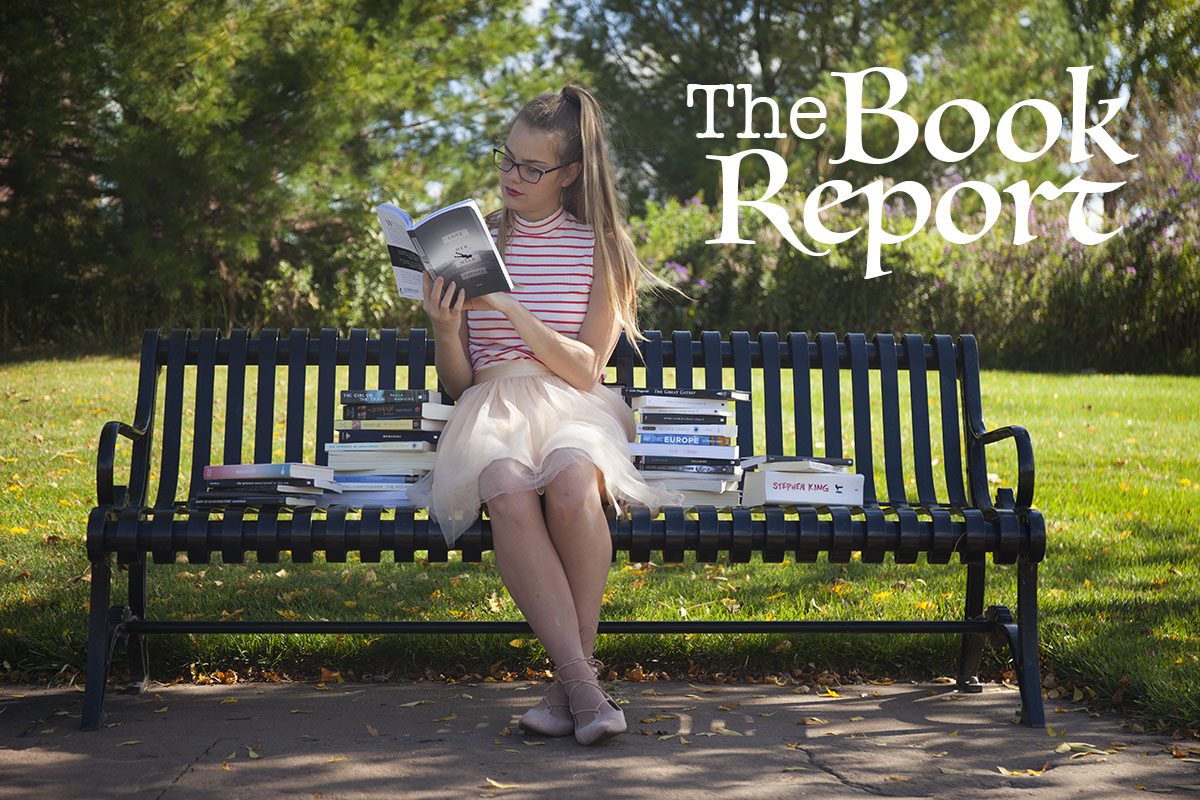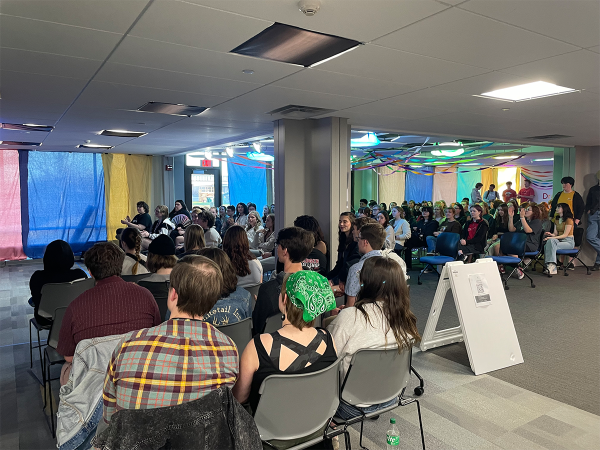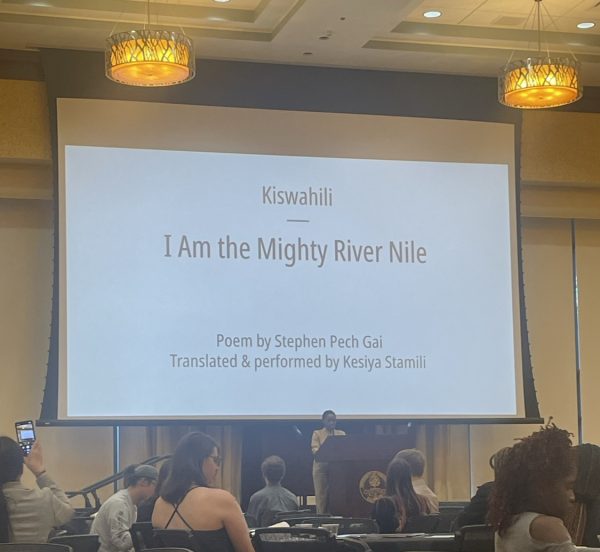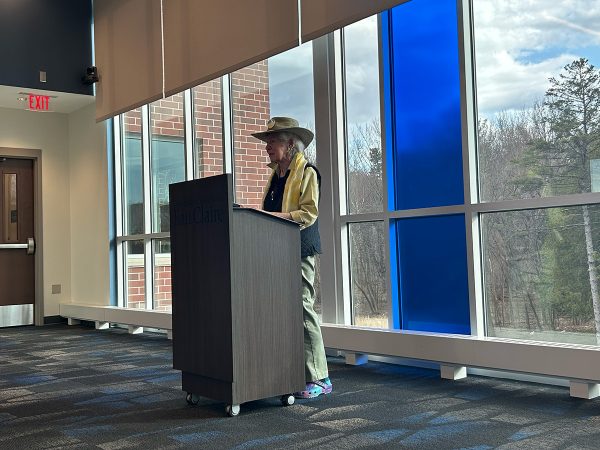The Book Report
‘The Good Girl’ is a surprising twist on the classic kidnap tale
More stories from Erica Jones
My entire life, I’ve been afraid of getting kidnapped. Books like the thriller I just read keep this fear alive in me, no matter how old I get.
“The Good Girl” by Mary Kubica (not to be confused with the namesake 2002 movie) is a novel that tracks the kidnap and “escape” of Mia Dennett, a young Chicago art teacher whose father is a wealthy judge. Told primarily through three first-person perspectives — Mia’s mother, Eve Dennett; the kidnapper, Colin Thatcher; and the detective, Gabe Hoffman — the story flips between the times before and after Mia comes home.
Colin, a man with a troubled past and a history of breaking the law, persuades Mia to leave a bar with him one night under the guise of a potential one-night stand. However, once he gets her home, he rejects her advances and arranges her drop-off with a man named Dalmar.
Having done a few other illegal tasks for Dalmar before, Colin agrees to kidnap Mia and hand her over to him so he can demand a hefty ransom from her rich father.
On the way to the agreed-upon location, Colin changes his mind and takes the interstate out of Chicago, through Wisconsin and eventually to northern Minnesota, where his long-estranged father left a “family” cabin unoccupied.
Here, the two hide out through three cold fall and winter months until they are eventually surrounded by police. During the course of these months prior to law enforcement intervention, the two go from a relationship of intimidation and fear to one of trust and respect, divulging information about their lives, families and even hopes for the future.
The change in the dynamic between the two, among other significant events in the story, beg a few questions: Under what circumstances do people fall in and out of love? How do tragedy and trauma bring people together or tear them apart? How far are people willing to go to get what they want and whom will they sacrifice in the process?
Mary Kubica did an excellent job in ensuring her book was one readers won’t want to put down. Every time the paperback was out of my hands, I thought about what might happen next. There is a defined forward motion in the book, as the format keeps readers wondering what went on between Mia and Colin when they were stuck together and what will happen now that Mia is back home.
The book ends with a surprise, a twist that fans of “Gone Girl” are sure to appreciate. However, after all of the fast-paced propulsion of the novel, the ending felt abrupt.
I found myself wanting more from the twist than of what I got in the six and a half pages of epilogue. After all, my copy is 361 pages total; there was certainly room to drag out the surprise ending or hint at it bit by bit earlier in the story.
“The Good Girl” has a 3.8-star rating on GoodReads and a 4.2 on Amazon. I would agree more closely with GoodReads, personally giving it somewhere around a 3.5 out of 5. The book was enjoyable and engaging, but my rating would be higher if I hadn’t expected more from its closing.
Because each section is written from the first-person perspective of a different character, readers can usually feel the difference in who is telling the story at any given point. From one character to the next — especially from Eve to Colin — are specific diction choices that make each perspective distinct.
For example, when Colin is the narrator, the sentences are almost all short and choppy, and you can count on a swear word or ten thrown into the mix. Eve typically speaks in longer sentences and has a cleaner vocabulary.
Read this book for yourself to find out why Mia is kidnapped, how she escapes and how her family survives the aftermath.










